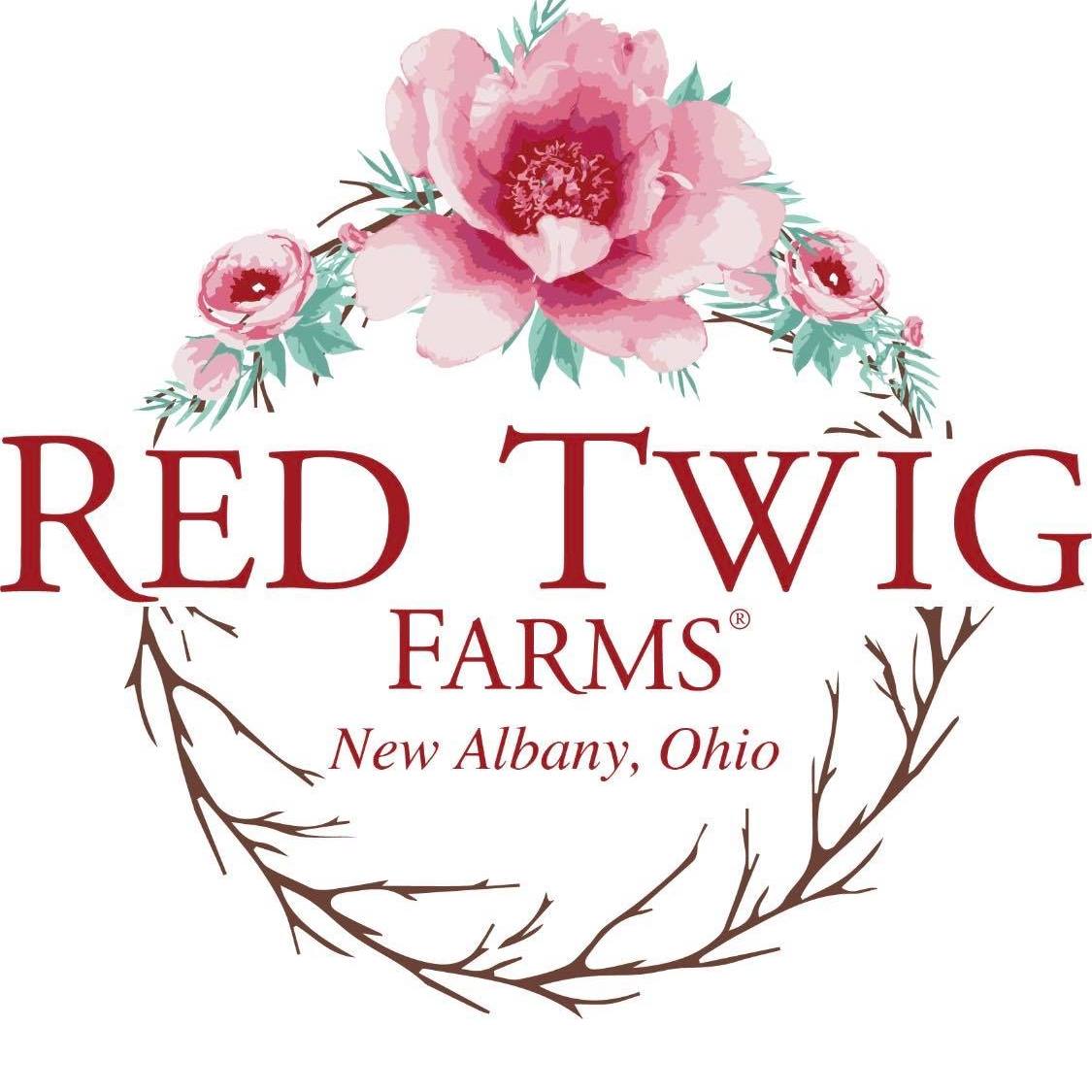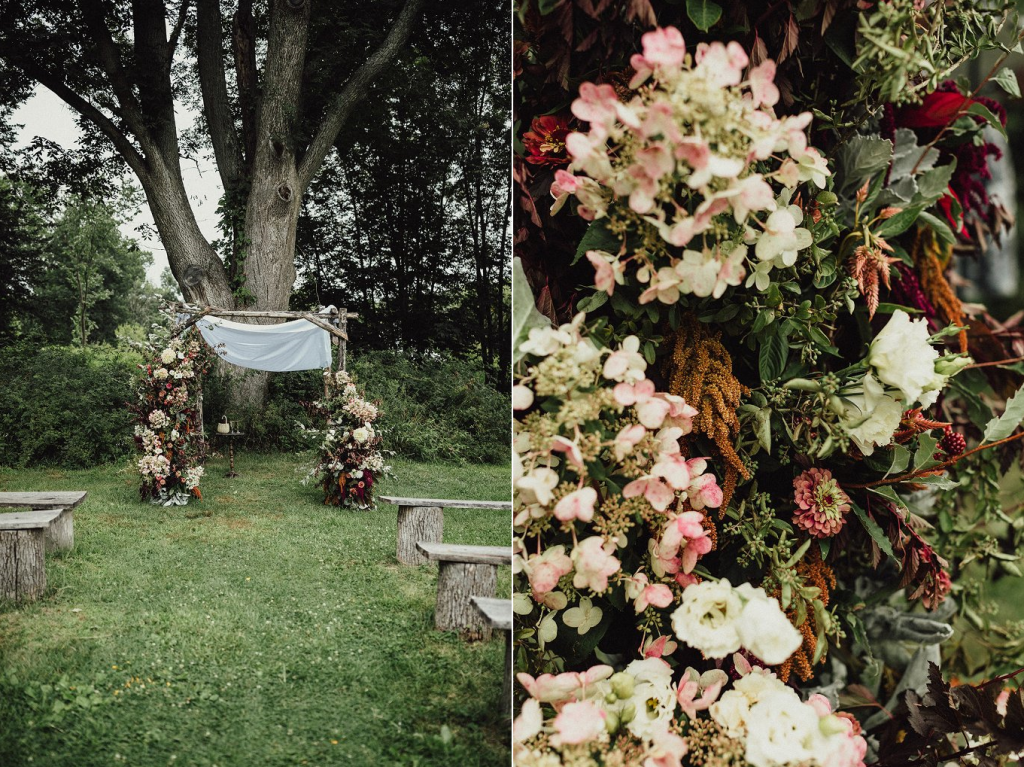
In our image-driven world, wedding clients often come to us with a photo that they’ve fallen in love with.
When you’re committed to using locally-grown flowers, designing from an inspiration photo comes with some extra challenges. Often, clients expect us to replicate their inspiration photo, out-of-season peonies and all!
Being able to take an inspiration photo and translate it into a seasonal flower arrangement is core to our business.
A Real Life Example
Here is an inspiration photo from one of our wedding clients. She loved this bouquet, and it was the only photo she’d found that captured her floral vision.
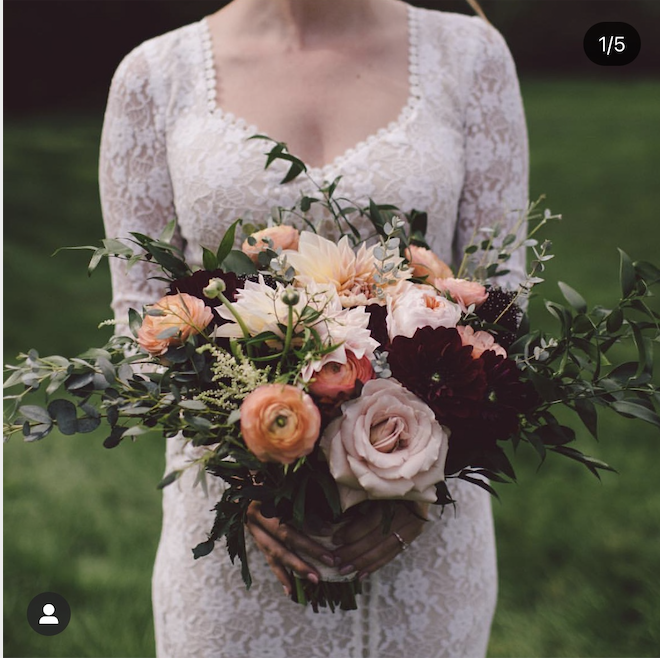
A more traditional florist could take this inspiration photo and order the exact flowers in it. They could probably replicate this bouquet pretty exactly! But not with seasonal flowers.
This wedding was in August, when ranunculus and astilbe are likely unavailable here, and when roses aren’t a sure bet. Dahlias and scabiosa, sure! But since we use 100% locally-grown flowers, I always focus on capturing style and feeling rather than focusing on specific flower varieties.
Our clients are often already interested in local flowers. Developing a thoughtful style vision for them earns their full trust!
Samantha Ritter, Sea Change Farm & Flower
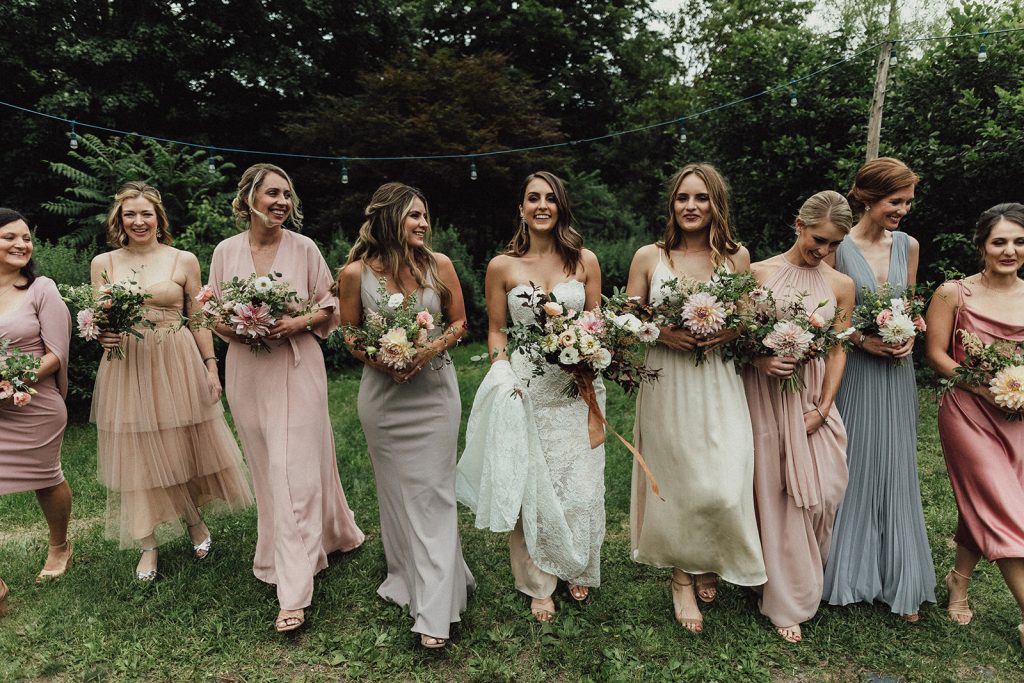
Giving Colors Weight in the Palette
Instead of trying to replicate the photo, I focus first on building a color palette that captures the essence of the arrangement.
Here’s the color palette I designed based on this bride’s inspiration photo:

This palette captures the peachy colors from the ranunculus, cream and white tones from the Cafe au Laits, blush from that big rose, and burgundy from the scabiosa and darker dahlias.
I always include green in my color palettes, unless we aren’t planning to use any foliage. There are so many different temperatures of “green,” and they all have different feelings. Including them in the palette guides my choice of foliage, so I’m choosing greens that support the other hues in the palette.
After isolating the colors from the photo, I play around with their proportions. I use bar-style color palettes that show the relative proportions of the colors in the palette, and I think this is important.
This bride wanted a light and airy feeling, and she especially loved the Cafe au Lait dahlias. I gave extra prominence to neutral creams and whites in her color palette. These colors take up more space proportionally in our palette than in the inspiration photo, but that’s fine! This “creative interpretation” of the photo is the fun and interesting part of my job.
Consider the following palette, which contains the same colors in different proportions. An arrangement made using this palette would feel much darker and pinker! Words to describe it could be “moody,” “lush,” and maybe “vibrant.” Great vibes, but not the “light and airy,” Cafe-au-lait-inspired palette that this bride had envisioned.

Fleshing out the Palette
Next, I make a photo grid of flowers that I imagine using for the wedding. Local flowers vary from week to week so this is my best guess, not set in stone! I always triple check that the client understands this and is willing to be flexible about their flower varieties. If they aren’t on-board, I tell them that we aren’t the best fit for them!
Apart from color choices, the client might want a “wildflower feeling,” or maybe they want a really lush look with big focal flowers. Making the flower grid captures that part of the client’s vision.
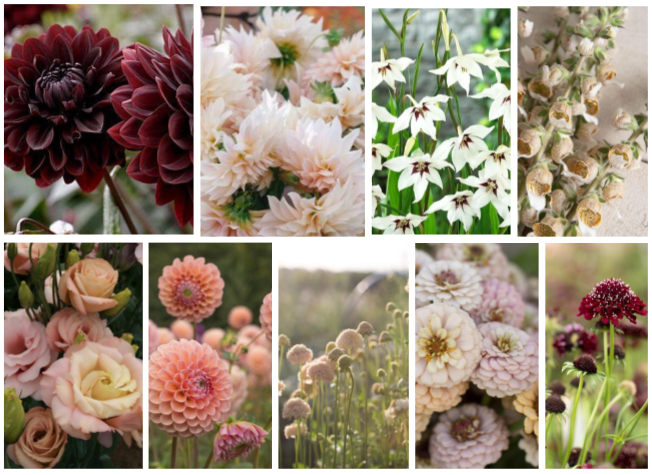
The flower grid helps the client visualize what her flowers might actually look like, and broadens her vision to be wider than the one inspiration photo. In my experience, this is the key to ensuring she’ll be happy with her seasonal flowers!
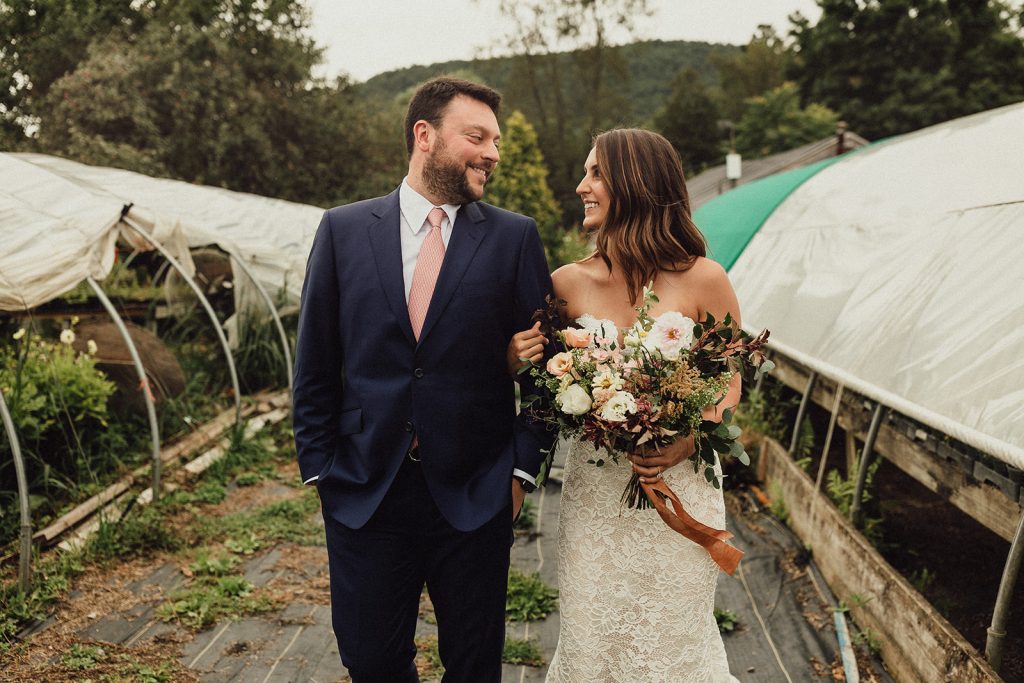
Planning Recipe Templates
Though we won’t know exactly what flowers are available until the week of the wedding, I plan out template recipes for our weddings in the winter when I book them. I don’t want to be doing this brain-intensive work during our peak growing and event season!
Rather than specifying specific flowers (ie “3 stems Quicksand roses”) I use categories in my recipes (“3 stems large focals”). A recipe for this bridal bouquet, with some notes to my future self, might look like this:
5 stems large focals – *use cafes if available! 1 or 2 dark dahlias?
5 stems secondary focals – light peach lisianthus?
7 stems disks
5 stems fluffy fillers
5 stems sparkle/dancers
10 stems foliage
Planning out my recipes using template flower categories allows me to be prepared yet flexible. I can wait calmly until the week of the event to see what’s blooming in our fields and what’s available from other nearby flower farms.
Since we grow our own blooms, the template recipes together with the flower grid inform our crop plan. I planted extra Cafe au Lait dahlias, more white zinnias, and additional apricot lisianthus specifically for this wedding!

Using the Palette to Guide Flower Choices
The week of the wedding, we use our color palette as a guide when we harvest flowers from our fields. For this wedding, we harvested the lisianthus, zinnias, and dahlias that we’d planted for it. We also found surprises in our field that fit perfectly into the palette: talinum, blush-colored cosmos, and delicate flowering oregano.
We also used the color palette to order some fun additions from local farms, like hydrangea and fruited blackberry branches. From my template recipes, I knew I needed more foliage than we had, so I bought eucalyptus and ninebark as well.
Here’s the final bouquet we made for this bride. She loved it! She actually burst into tears of joy when I presented it to her.
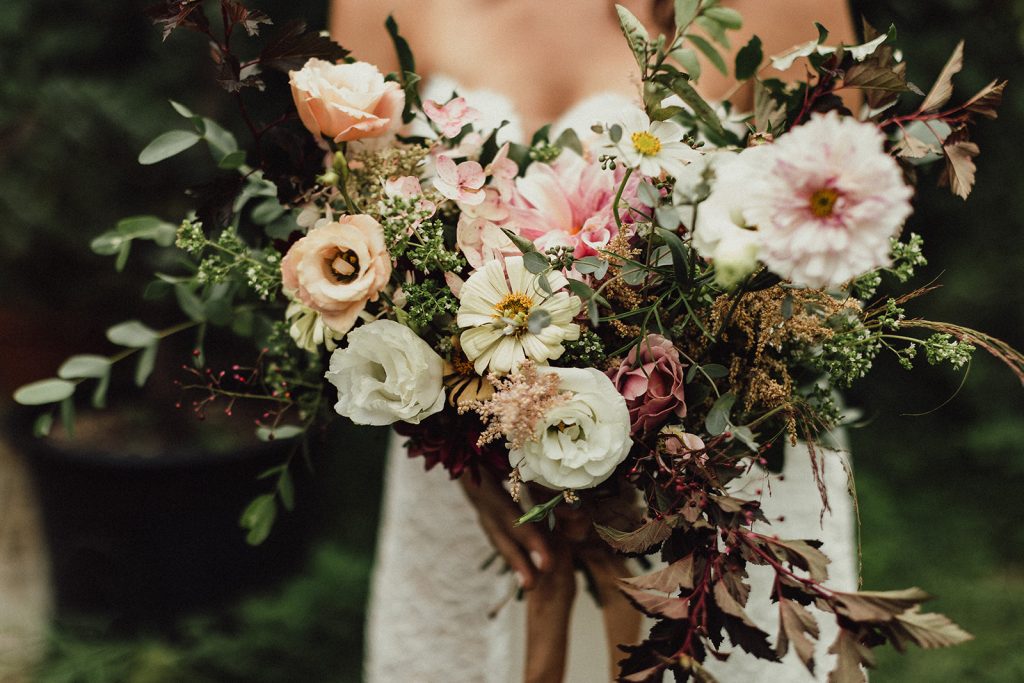
Our clients are often already interested in local flowers. Developing a thoughtful style vision for them earns their full trust!
With our gentle guidance, they can let go of the idea of replicating their exact inspiration image, and let it actually serve as inspiration instead–for bespoke arrangements, designed especially for them, with the freshest local blooms.

